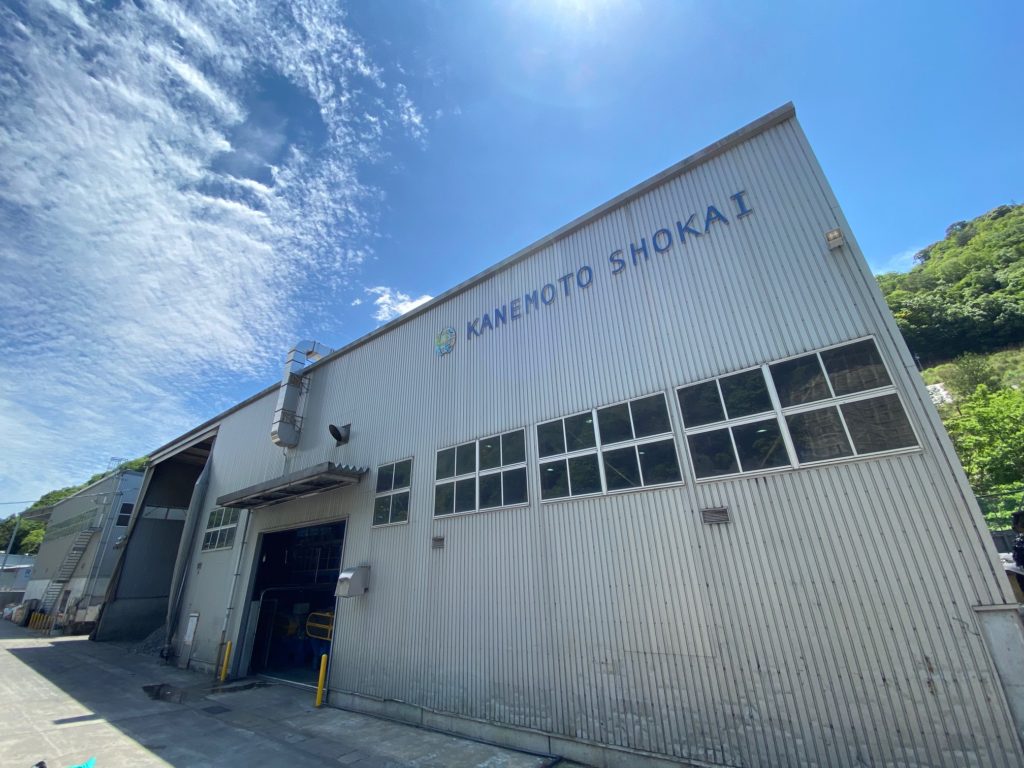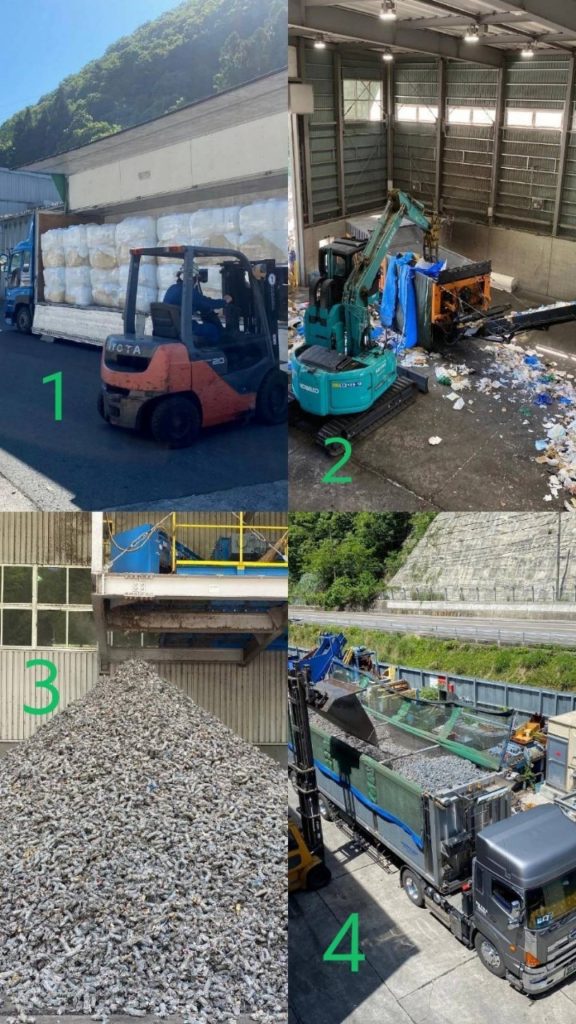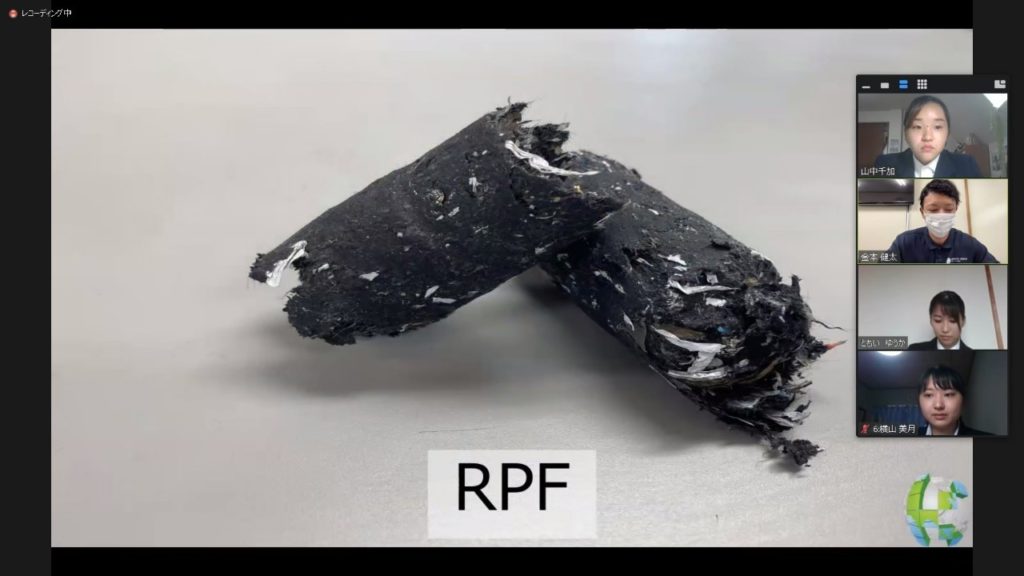Turning Garbage into Fuel (Kanemoto Shokai Co., Ltd.)
  |
The potential of RPF
Kanemoto Shokai Co., Ltd. is in the business of collecting, transporting, and disposing of industrial waste. This waste is one of the causes of ocean pollution, which is an ongoing problem all over the world. Japan is also facing issues such as an increasing amount of waste and a shortage of landfill sites. To address this issue, Kanemoto Shokai produces RPF, a solid fuel alternative to coal, from waste generated by industrial waste disposal and sells it as a product that can reduce CO2 emissions when used as a heat source in factories and for power generation. There is also a growing demand from businesses for RPF as a product that can help resolve environmental and social problems.
Furthermore, the RPF produced by Kanemoto Shokai is used by paper companies and other facilities in Hiroshima Prefecture. This use of local waste as fuel in the local community can be considered an implementation of resource recycling.

Things to keep in mind when disposing of garbage
Kanemoto Shokai was able to more than double its business performance by implementing the production of RPF. The increased processing capacity also allows the company to process waste more efficiently. Also, as the number of companies in the world that want to use RPF increases every year, it is likely that in the coming years, the demand for RPF will increase, and its production will flourish.
However, because RPF is made from industrial waste, its quality is not stable, and it is difficult to collect constant amounts of the same raw materials. So, how about using the large amounts of waste produced by households as a raw material? Household waste is generated in large quantities, but if it is not properly separated and contains contaminants like dry cell batteries, it can cause problems such as fires at manufacturing plants.
However, if those of us who produce household waste are careful to separate our waste, it will ensure the safety of waste recycling and disposal companies, and in the future, a dream of producing fuel from household waste may be realized.

Turning garbage into fuel
We had assumed that RPF was a global initiative, so we were surprised to learn that it is currently only being implemented in Japan. However, we realized that it is being adopted in a resource-poor country like Japan that needs to strive for self-sufficiency by manufacturing and using RPF, rather than importing coal. In addition, since it is not easy to reduce the amount of garbage produced, I came to the conclusion that reusing it and turning it into solid fuel could contribute to resolving the problems of ocean pollution and the shortage of landfill sites.

We conducted interviews!
TOMOI Yuka (3rd year student, Yasuda Women’s University)
YOKOYAMA Mizuki (2nd year student, Yasuda Women’s University)
YAMANAKA Chika (1st year student, Yasuda Women’s University)
Kanemoto Shokai Co., Ltd.
9-1-23 Kabe Asakita-Ku, Hiroshima
+81-082-818-4382
Tags associated with this article



RPF-150x150.jpg)
